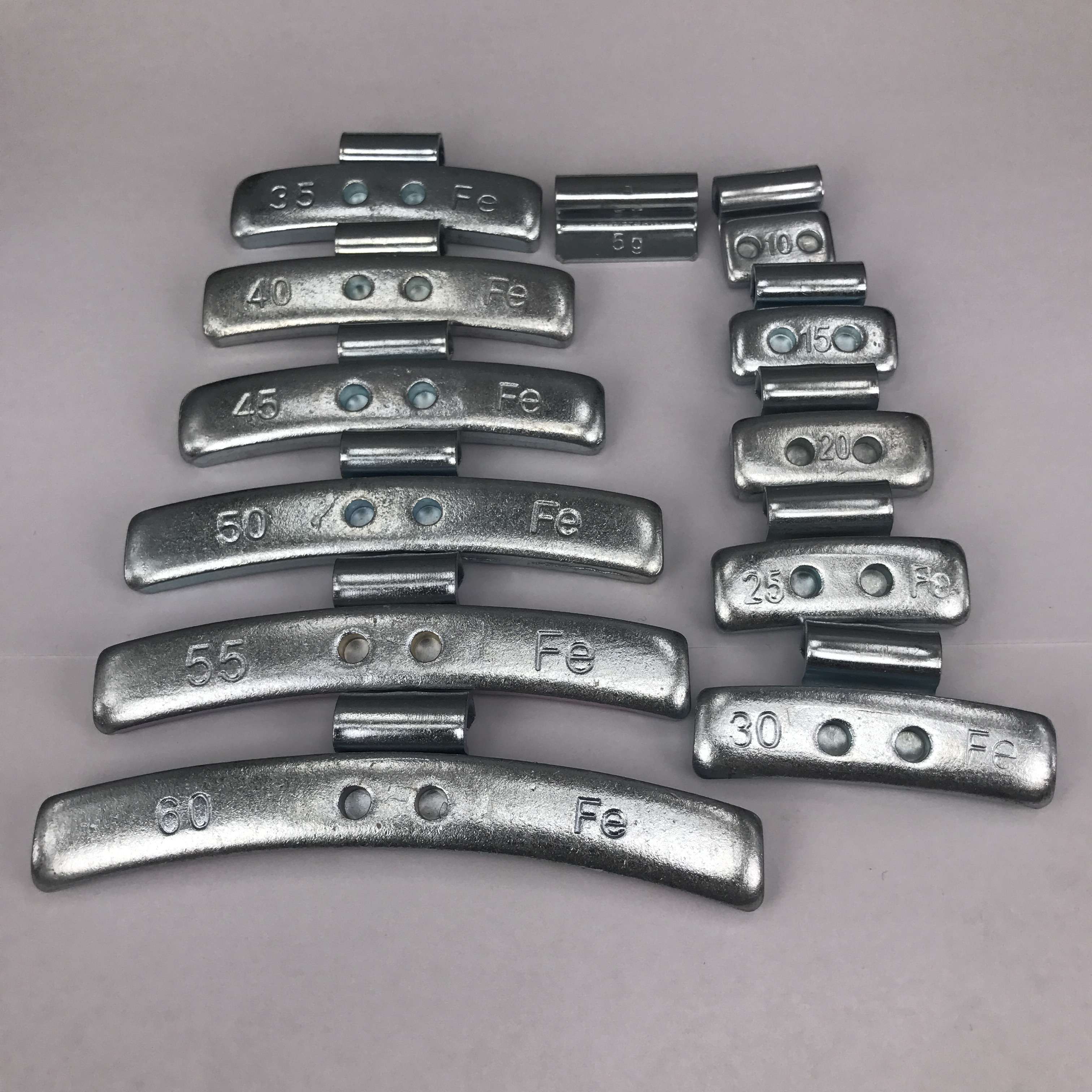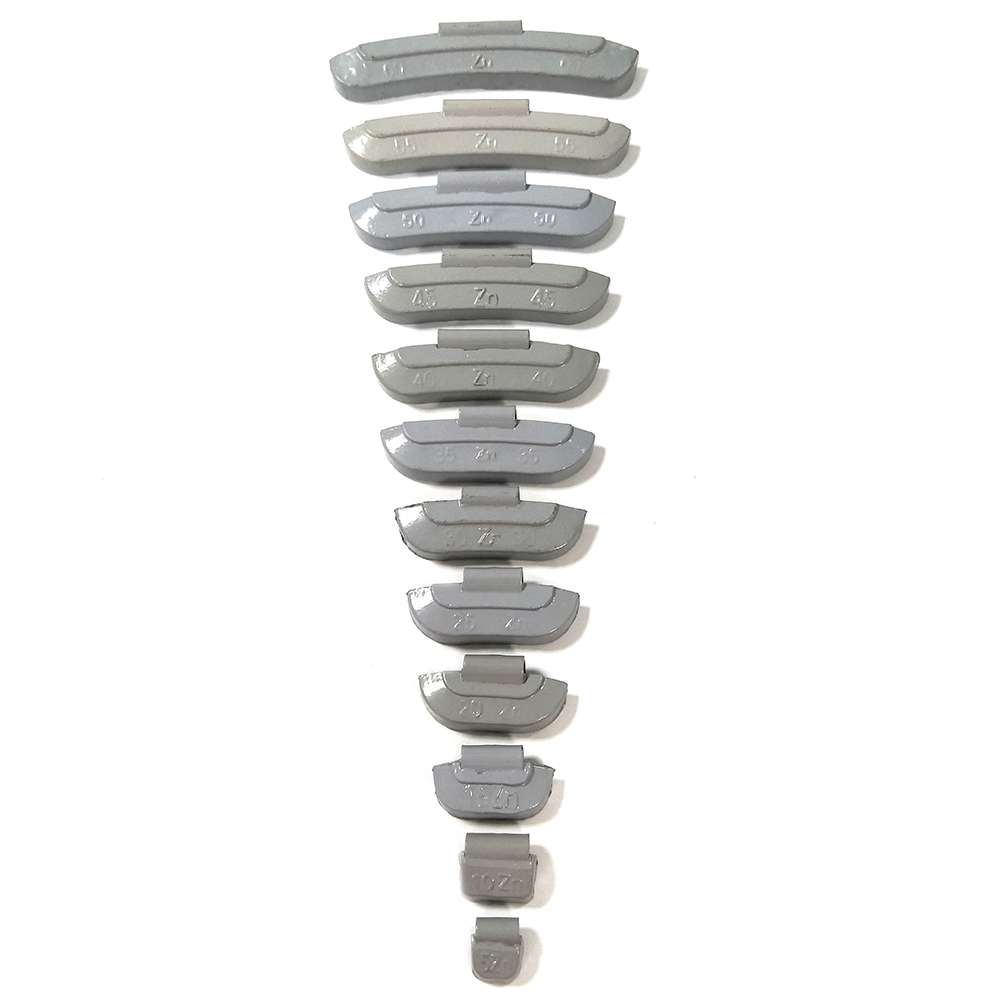BEST WHEEL BALANCING METHODS
What causes vehicle vibration?
Tire and wheel imbalance is one of the most likely causes of vehicle vibration. Other causes can be related to drivetrain issues and / or bent components. Tire and wheel imbalance can result in a cupped tire wear pattern, traction loss and premature wear to suspension and steering parts.
The front tires produce more noticeable symptoms than the rear when out of balance due to the translation through the suspension and steering components and the feedback felt at the steering wheel. Vibrations from a rear imbalance may not be as obvious, but will still result in tire wear.
Tire imbalance results when the weight of a tire's materials is not distributed equally throughout the tire thus resulting in the tire being heavier on one side than the other. The imbalance can be caused by issues in manufacturing, or from tire wear. New tires will have minor imbalances that are correctable by adding a wheel weight to a specified location to counter the effect of the imbalance. If excessive weight amounts are needed to balance the tire it may be an indication of a defective tire or that the tire may be incorrectly seated on the wheel rim.
It is possible to balance an out-of-round tire and wheel assembly and still have vibration due to wheel hop (also call wheel tramp). It should be noted that runout of less than 0.030" will not typically cause a noticeable vibration. However, runout of more than 0.125" is recommended for replacement of the tire or wheel. Although it is theoretically possible to balance a square tire and wheel, it does not mean that it will roll smoothly.
TYPES OF WHEEL WEIGHTS
Clip-On weights are hammered in place and Tape-On weights use adhesive double-sided tape.
Wheel Blancer Clip on Weights Wheel Balancer Tape on Weights
Clip-on Wheel Weights
Correcting imbalances requires attaching wheel weights to the rim. Clip-on wheel weights are attached to the rim using a wheel weight hammer. There are several types of clip-on weights available in 1/4 ounce increments. Different types of clips are available to accommodate the variety of wheel types and wheel covers. Aluminum wheels with a flange for a clip-on weight may require a coated or alloy clip so they will not corrode the wheel.
Wheel Balancer Weight Type and Placement
Different types of Clip-On weights fit a variety of applications.
Tape-on Wheel Weights
Tape-on weights may also be used for aluminum wheels. Tape-on weights are available in strips that can be cut to length to achieve the desired weight amount. These weights are attached by means of double-sided adhesive tape after cleaning the wheel area. Tape-on weights can be placed in a hidden placement on the inside of the wheel so they are not noticeable on the outside for the best appearance. Chrome weight strips are also available.
Aluminum, painted and alloy wheels can be easily scratched and it is worth noting to use plastic protectors to cover tire tools to prevent damage.
Email: sales7@yqyautoparts.com
whatsapp: 008615612733637
Website:https://www.yaqiyagroup.com/
Alibaba: https://www.alibaba.com/product-detail/Automatic-hot-sale-Tire-Changer-for_11000000370155.html?spm=a2747.manage.0.0.33e871d2QwwxlR




